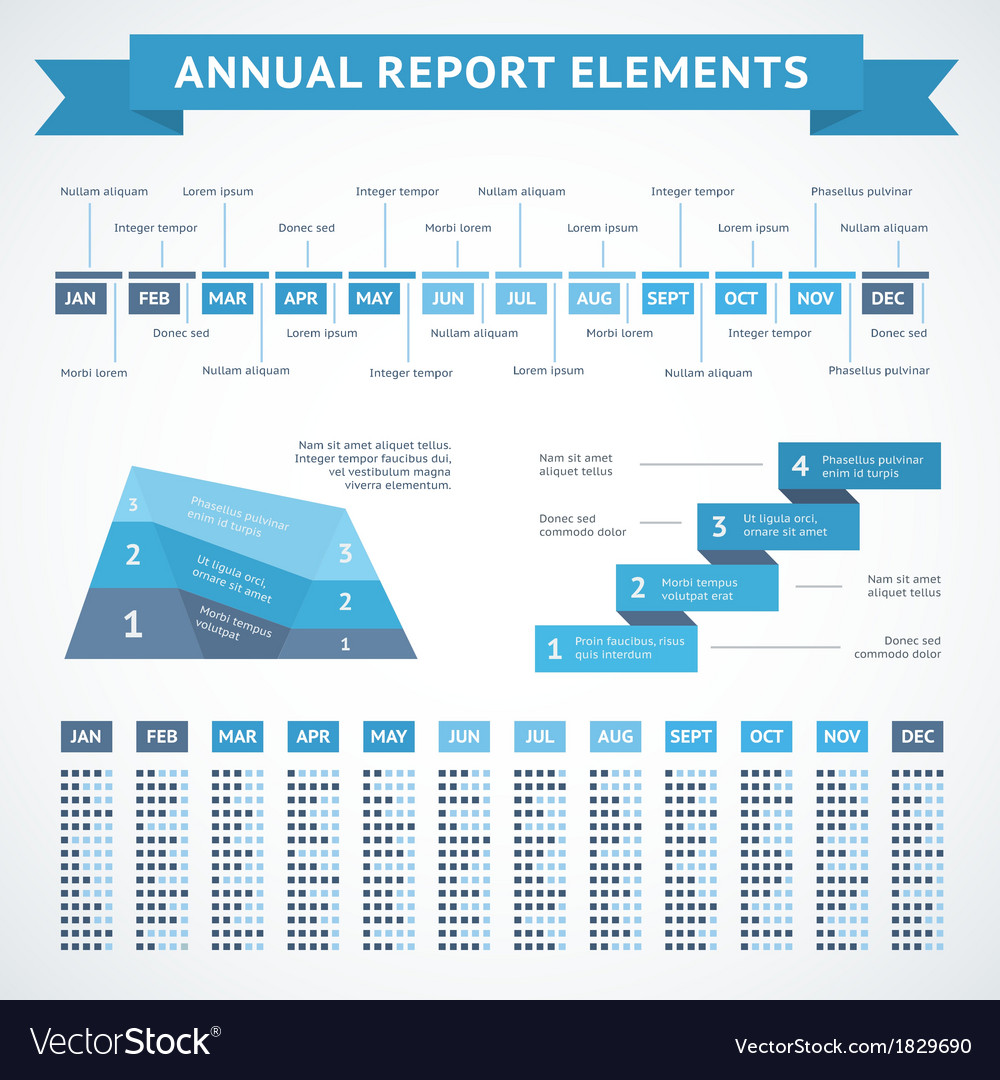How To Receive The Employee Retention Tax Credit: A Step-By-Step Overview

Created by-Woods Wheeler
Are you an entrepreneur battling to maintain your staff members during the pandemic? Are you trying to find ways to lower your tax expense? If so, you may be eligible for the Employee Retention Tax Credit History (ERTC).
This tax obligation credit rating was produced by the CARES Act to encourage companies to maintain their employees on pay-roll throughout the pandemic.
To qualify for the ERTC, you must meet particular qualification requirements. These demands consist of experiencing a considerable decrease in gross receipts or being totally or partially suspended because of a government order.
If you fulfill these requirements, you can determine your ERTC credit report and insurance claim it on your income tax return. In this short article, we will certainly give a detailed overview on how to receive the ERTC and also make use of this valuable tax obligation credit score.
Eligibility Requirements for the ERTC
To receive the ERTC, you'll need to satisfy specific qualification needs.
Initially, your service has to have been either totally or partially put on hold due to a government order pertaining to COVID-19. This can consist of orders that restrict commerce, traveling, or team conferences.
Alternatively, your business might qualify if it experienced a substantial decrease in gross receipts. This means that your business's gross invoices for a quarter in 2020 were less than 50% of its gross receipts for the exact same quarter in 2019.
Along with fulfilling among these two demands, your company should additionally have actually had fewer than 500 workers throughout the fiscal year 2019. This includes permanent and part-time staff members, along with those who were furloughed or laid off throughout the year.
If your service meets these eligibility needs, you might be able to claim the ERTC and receive a credit history of approximately $5,000 per staff member for earnings paid from March 13, 2020, to December 31, 2020.
Determining Your ERTC Credit Report
All set to discover just how much money you can conserve with the ERTC? Allow's dive into determining your credit score.
The very first step in computing your credit report is establishing your qualified wages. This includes any type of wages paid to employees throughout the eligible period, which is either the first or second quarter of 2021. The optimum amount of qualified earnings per employee is $10,000 per quarter, and the credit history is 70% of those salaries, as much as $7,000 per employee per quarter.
Once http://booker3048federico.xtgem.com/__xt_blog/__xtblog_entry/__xtblog_entry/35935035-5-ways-to-maximize-your-employee-retention-tax-credit-score?__xtblog_block_id=1#xt_blog 've identified your certified incomes, you can determine your credit history. For example, if you had 10 staff members who each gained $10,000 in certified wages during the qualified period, your complete certified wages would certainly be $100,000.
https://www.goingconcern.com/utah-accounting-firm-and-dudes-who-work-there-busted-for-erc-fraud/ for each and every worker would be 70% of their certified wages, which would certainly be $7,000. As a result, your complete credit history would be $70,000.
Keep in mind that there are extra rules and also constraints to think about, so it is necessary to seek advice from a tax obligation expert to ensure you're computing your credit scores correctly.
Asserting the ERTC on Your Income Tax Return
Claiming the ERTC on your tax return is an uncomplicated procedure, however it is very important to make certain that you satisfy all the eligibility demands.
As an example, a local business proprietor with 20 staff members that experienced a decrease in gross invoices of 50% or even more in Q2 2021 compared to Q2 2019 could assert as much as $140,000 in tax credit scores on their Kind 941 for the qualified quarter.
To claim the ERTC, you'll require to fill out Type 941, which is the employer's quarterly income tax return kind. On this type, you'll require to report the quantity of incomes paid to qualified workers throughout the eligible quarter and the quantity of the ERTC that you're declaring.
You can then lower your pay-roll tax obligation down payments by the amount of the credit scores or request a reimbursement of any kind of excess credit rating by filing Type 941-X. It is necessary to keep exact documents and also documentation to sustain your claim, as the internal revenue service might request to review them during an audit.
Final thought
Congratulations! You have actually made it to the end of our detailed guide on exactly how to receive the Employee Retention Tax Credit Rating (ERTC). By complying with the qualification requirements, calculating your credit, and asserting it on your income tax return, you can potentially get a considerable tax benefit for maintaining your workers on pay-roll.
Visualize the alleviation you'll really feel when you see the credit rating applied to your tax obligation bill, like a weight took off your shoulders. You can utilize the cash saved to reinvest in your service, work with new employees, or merely celebrate a job well done.
So don't be reluctant to capitalize on this valuable tax credit history and also keep your service thriving!

